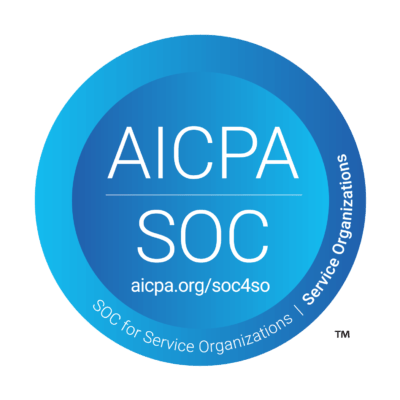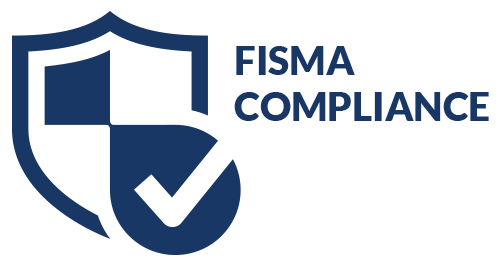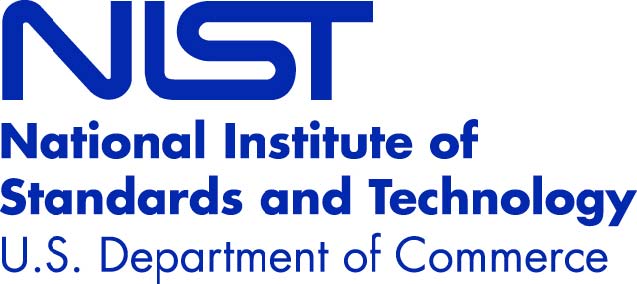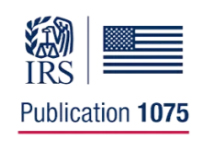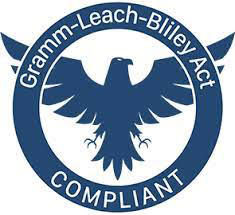Over 250,000 student loans go to debt collection every quarter.
The Urban Institute points out the numbers, which are staggering: 250,000 federal student loans go into default every quarter. Up to another 30,000 people default on their rehabilitated federal student loan payments. Going to school and seeking a better life shouldn’t be this hard, but the reality is that many former students end up facing debt collection.
Yet the report concludes that some powerful predictors establish a chain of behavior in these students that indicate a cycle of debt. Are there ways to not only predict risk in student loans but also help these students get back on track?
This article looks at the Urban Institute report and what is happening to students saddled with big debt after their education is complete.
Profile of Debt to Student Ratio
The Urban Institute report tracks a pattern of behavior in students that default on their loans. It suggests that the student loan default can typically be predicted by debt the student accrues prior to the default.
As if the debt from student loans wasn’t enough, the Urban Institute report suggests that these borrowers also had debt in collections prior to paying their student loans. The study said 59% of student loan borrowers who defaulted within four years of graduation were also underwater with medical, utilities, retail, or bank debt.
Too, new graduates that end up in debt collection often defer their loans, racking up even more debt. It’s a terrible cycle that can leave the student in worse shape than when they entered college.
Another flag the study found was that most students whose loans are released to debt collection agencies experience a credit score drop anywhere from 50 to 90 points in the year prior to the default. Why are these trends important for colleges, universities and other institutions of higher education?
There is a way to conduct compassionate debt collection to help students get back on track.
Interestingly, federal student loans typically do not require underwriting, so a lack of credit or poor credit does not keep these students from receiving a loan. The goal, after all, is to help students make a better life for themselves. But the Urban Institute suggests that this process should change, and borrowers should be red flagged as higher for risk of default if their credit is poor.
Education Debt Collection with TSI
TSI believes that higher education is important. We also believe in helping students establish payment plans that get their lives back on track for those that do end up in collections. To do this, we provide an effective yet compassionate collections approach using agents that are skilled and experienced in working with student borrowers – helping to protect your brand and your valuable borrower relationships.
In addition, our predictive proprietary data analytics platform, CollectX helps tell us which students are most likely to repay, providing more revenue for your institution faster, and reduces compliance risk by ensuring repeated attempts to contact borrowers unable to pay do not occur.
Contact us to find out how we can help your institution ensure more positive debt collection outcomes for your entire student body..
